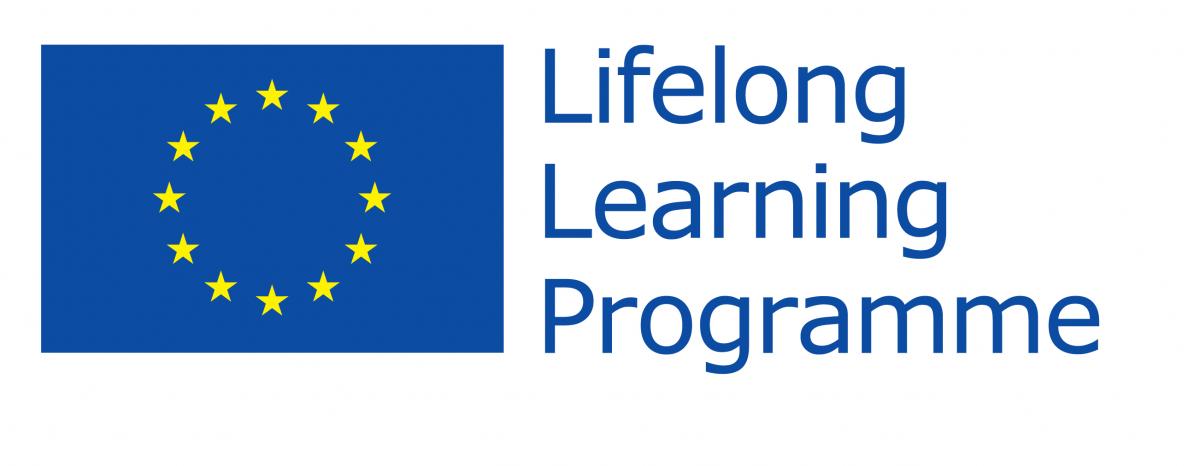
This project has been funded with support from the European Commission. This publication reflects the views only of the author, and the Commission cannot be held responsible for any use which may be made of the information contained therein.
„TELL ME a story (TELL ME)“ is a project that brings together amateur theatre groups, directors, scientists and adult learning trainers to explore issues of intercultural communication through theatrical activities.
In each of the countries, a team of non-professional actors and directors will be created. They will explore myths and fables and will make theatre stories based on them. Communicating during meetings and in between meetings through internet tools that will be created for the project, teams will try to explore each other’s stories and find out differences and similarities. At the same time they will try to find acting tools in order to put the stories “in theatre action” and create interesting performances. The whole project is going to be implemented as an educational non-formal program that will improve the non-professional actors’ and directors’ artistic abilities along with improving the awareness of different cultures. We hope to create long-lasting relations between the non-professional young and senior actors and directors from different countries and encourage them to continue the collaboration even after the end of the project.
The project language will be English, but during the workshops the body could be the main “communication tool” between actors and directors. In a way, theatre could be considered as an “international language”.
During the meetings we also intend to learn much more about the host organization, the culture of the country and the visited city.
Today the European Union is facing the problem of aging and older citizens as well as young people are at risk of social exclusion. To be a European citizen means living in an intercultural and international environment. Older generations want to be a part of social life but have to face problems of communication and understanding, not only with the citizens of the same generation but also from the other European countries, (where the obstacles are languages and technical skills), and also with the local younger generation. The younger should have the opportunity to know and understand their parents’ and grandparents’ generations and to exchange values, experiences and ideas as well.
The proposed project is based on the idea that theatre inspired by the European and immigrants oral heritage is able to improve the intercultural and artistic communication between younger and older non-professional actors and directors across Europe. Thanks to the interaction between theatrical project groups from the European partner countries it will be possible to recognize, to explore and extract the diversity and similarity of cultures. The common language of the theatre and reach treasure of myths and fables of the associated countries will be a source of inspiration for this project.
The basic idea is that the myths and fables represent elements of every European culture. Furthermore, there are often similarities between stories of different countries, something that shows that the cultures of Europe could be more united than is immediately apparent and different cultures have a lot in common. According to the scientific field of comparative mythology, sometimes there are underlying themes that are common to the myths of multiple cultures because of a common source. This source may be used as the first cultural inspiration or a kind of common "protomythology" that diverged into the various mythologies we see today. We hope to find roots of typical cultural motives or scenarios of the common prehistoric Myth (Archetypes).
On the other hand, theatre is the most “communicative” art. Since its inception, theatre had come to take on many forms, utilizing speech, gesture, music, dance and visual arts combining all forms of art, into a single artistic form. The language should be less of a problem. When people of different countries are involved in a workshop or in a play, the expression of the body can be the main “communication tool” between actors and directors. In a way, theatre can be considered as an “international language”.
